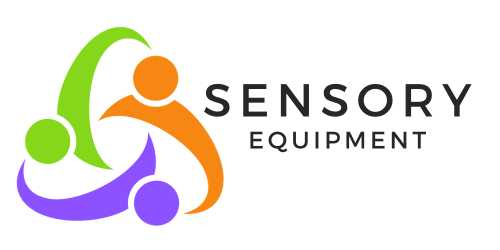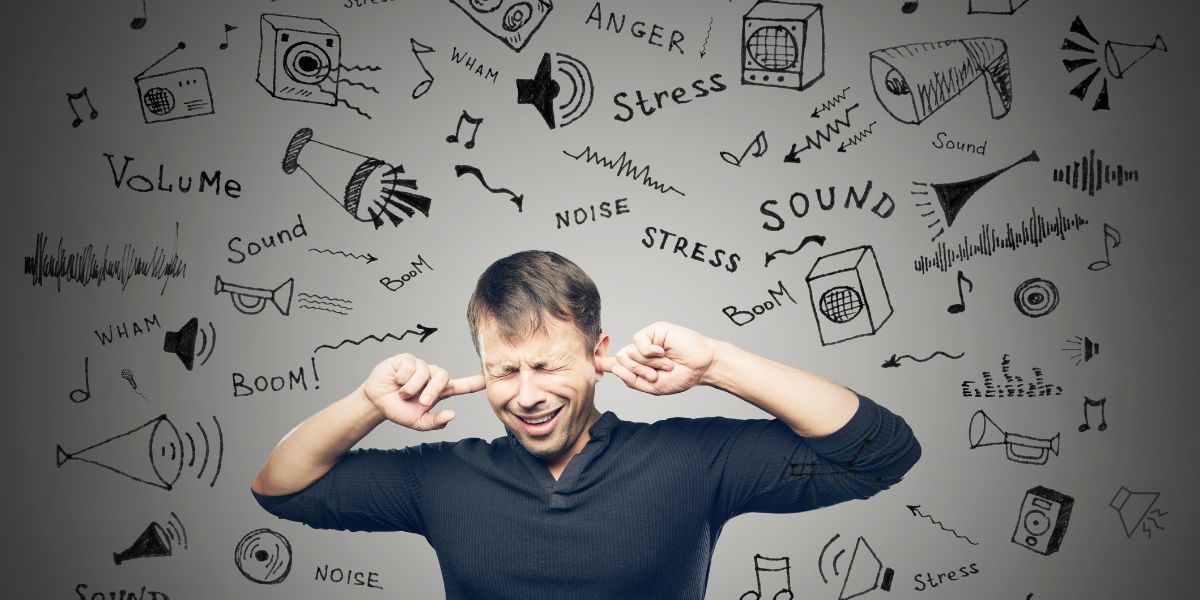Empowering Lives Through Sensory Equipment
In a world filled with sensory experiences, it’s easy to take our senses for granted. For individuals with disabilities, however, these sensory experiences can be overwhelming, disorienting, or even inaccessible. This is where sensory equipment steps in as a powerful tool, revolutionising the lives of those with disabilities by creating environments that cater to their unique needs and preferences.
Understanding Sensory Equipment
Sensory equipment refers to a diverse range of devices and tools designed to stimulate, engage, or modify sensory experiences. These experiences encompass the five main senses: sight, hearing, touch, taste, and smell. Sensory equipment can be used to either heighten or reduce sensory input, depending on the individual’s requirements. Its primary goal is to provide comfort, relaxation, stimulation, or therapeutic benefits, especially for individuals with disabilities who often have sensory processing differences.
Usage by Individuals with Disabilities
- Autism Spectrum Disorder (ASD) One of the most well-known uses of sensory equipment is in supporting individuals with Autism Spectrum Disorder (ASD). People with ASD often have sensory sensitivities, making everyday environments overwhelming. Sensory rooms equipped with soft lighting, textured surfaces, and calming sounds help regulate their sensory input and reduce anxiety.
- Sensory Processing Disorder (SPD) SPD affects the ability to process and respond to sensory information effectively. Sensory equipment such as weighted blankets, fidget toys, and sensory bins filled with various textures can help individuals with SPD better manage their sensory experiences.
- Cerebral Palsy Individuals with Cerebral Palsy may face mobility challenges. Sensory equipment like adaptive swings and vibrating cushions not only provide comfort but also promote physical therapy and relaxation.
- Visual Impairments For those with visual impairments, sensory equipment can offer alternatives to visual stimuli. Braille readers and tactile maps empower individuals with visual impairments to access information and explore their surroundings more independently.
- Hearing Impairments Assistive listening devices and vibrating alarms are examples of sensory equipment that cater to individuals with hearing impairments, enhancing their communication and safety.
- Dementia and Alzheimer’s Seniors with dementia or Alzheimer’s disease benefit from sensory equipment such as reminiscence therapy tools, which trigger positive memories and emotions through sensory cues.
Benefits of Sensory Equipment
- Improved Quality of Life: Sensory equipment can enhance the quality of life for individuals with disabilities by providing opportunities for engagement, relaxation, and self-expression.
- Enhanced Communication: For non-verbal individuals or those with limited communication skills, sensory equipment can serve as a medium of expression and interaction.
- Sensory Integration: Many individuals with disabilities struggle with sensory integration. Sensory equipment helps them process sensory information more effectively, reducing anxiety and improving overall well-being.
- Therapeutic Benefits: Sensory equipment is often used in therapeutic settings to address specific sensory-related challenges and promote sensory regulation.
- Inclusivity and Accessibility: Sensory equipment helps create inclusive environments where individuals with disabilities can fully participate in activities and enjoy public spaces.
Challenges and Considerations
While sensory equipment has transformative potential, several challenges must be addressed to ensure its effective use:
- Affordability: High-quality sensory equipment can be expensive, limiting access for some individuals and organisations.
- Individualised Approach: Each person with a disability has unique sensory preferences and sensitivities. Tailoring sensory equipment to individual needs is crucial for its effectiveness.
- Awareness and Education: Caregivers, educators, and healthcare professionals must be educated about the benefits and usage of sensory equipment to maximise its impact.
Conclusion
Sensory equipment is not just a collection of devices; it’s a lifeline for individuals with disabilities. By creating inclusive environments and addressing sensory sensitivities, these tools empower people to engage with the world on their terms. As society continues to recognise the importance of inclusivity, sensory equipment will play a pivotal role in ensuring that everyone, regardless of their abilities, can thrive and participate fully in our diverse and sensory-rich world.




